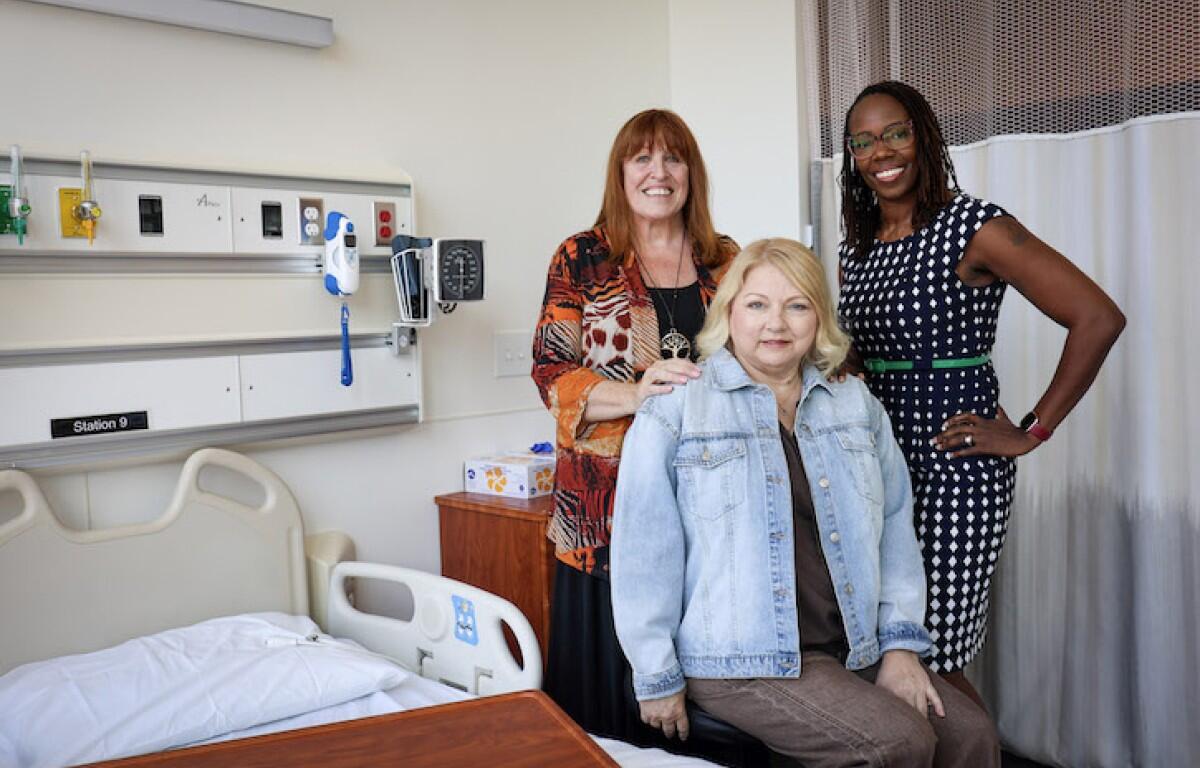CLARKSVILLE, TN – Childhood obesity has tripled in the United States since the 1970s, with nearly one in five children now classified as obese. What were once considered adult problems, conditions such-as Type 2 diabetes, hypertension, and sleep apnea, have become a reality for younger and younger patients.
In a new article published in the Journal of Pediatric Surgical Nursing, three Austin Peay State University nursing faculty examine how childhood obesity affects not just long-term health outcomes, but the immediate challenges of caring for children in surgical and hospital settings.
Their work underscores how obesity changes everything from medication dosing to anesthesia safety.
“Obesity complicates the care these kids receive, especially in the most sensitive areas such as the operating room,” said Devona Stone, clinical assistant professor in the APSU School of Nursing. “Dosing medications isn’t straightforward because you can’t always go strictly by body weight. Sometimes the kidneys and liver simply can’t process what would otherwise look like the right dose.”
The authors note that children with obesity face higher risks during surgery, from airway management difficulties to longer recovery times. These medical realities are not widely understood outside of healthcare, yet they have serious implications for patient safety.
“These are not just children’s problems. They grow up with the same problems,” said Dr. Debra Rose-Wilson, professor and Lenora C. Reuther Chair of Excellence in the School of Nursing. “We’re now seeing 4-year-olds diagnosed with Type 2 diabetes, something that used to be called ‘adult-onset.’ That should be a wake-up call for all of us.”
At the same time, the article highlights how societal changes – screen-centered lifestyles, reduced physical education in schools, and economic barriers to fresh foods – have shaped today’s epidemic.
“It’s rare now to drive through a neighborhood in summer and see kids outside playing,” said Dr. Debbie Ellison, professor in the School of Nursing. “They’re indoors, on phones or gaming systems, and parents often hand them a screen just to keep them calm. Those habits continue at home.”
The authors stress that combating obesity requires more than clinical interventions. It means addressing stigma, supporting families, and equipping nurses and teachers with strategies that promote dignity and empathy.
“The more we talk about this, the more we can decrease stigma and bias,” Ellison said. “Even simple changes, such as ensuring an appropriately sized blood pressure cuff is available ahead of time, can help avoid embarrassment and create a more supportive environment for children.”
Despite the challenges, the article ends on a hopeful note: prevention works, family-based programs show promise, and technology such as telehealth coaching and mobile apps may help children and families build healthier habits. The key, authors argue, is a holistic approach.
“Education alone isn’t enough,” Wilson said. “We need to combine behavioral support, community resources, and compassionate care. That’s how we give kids the best chance at healthier futures.”


